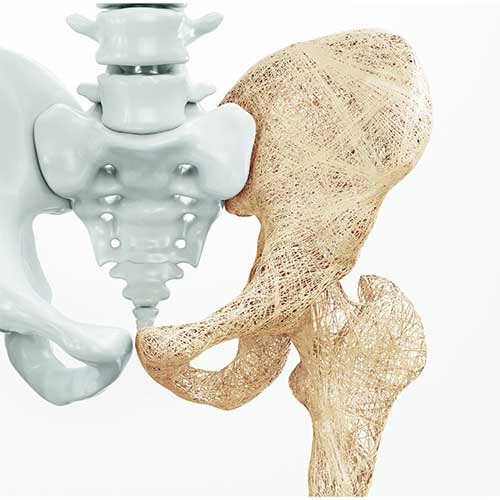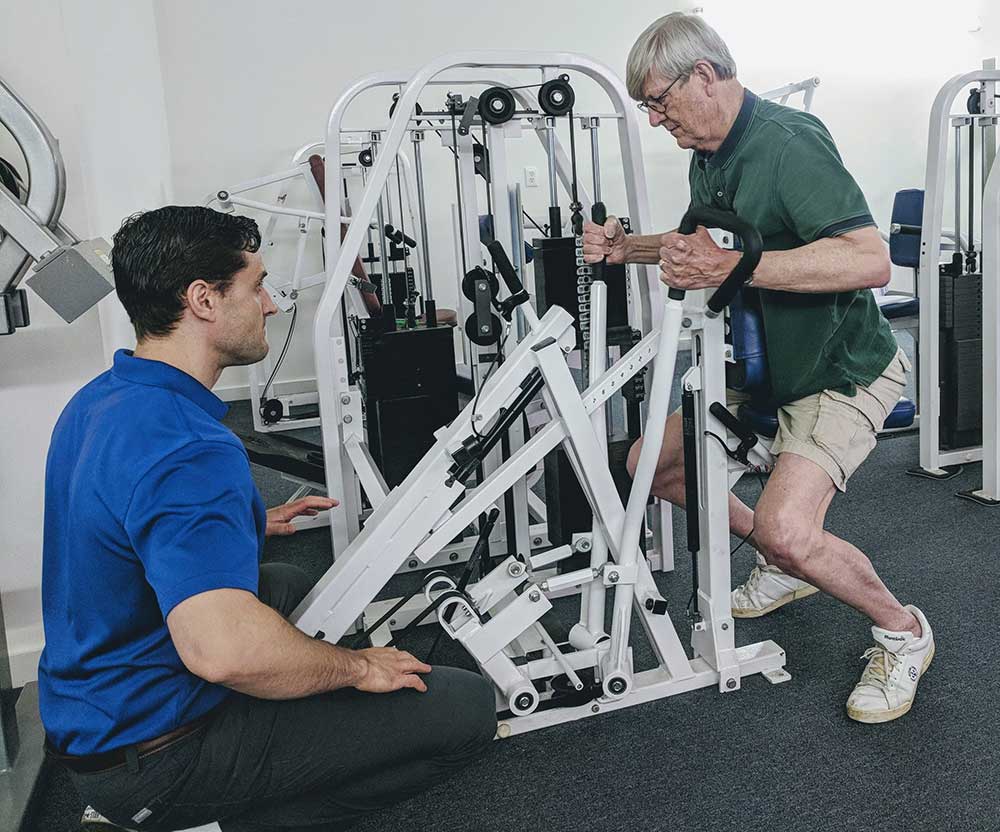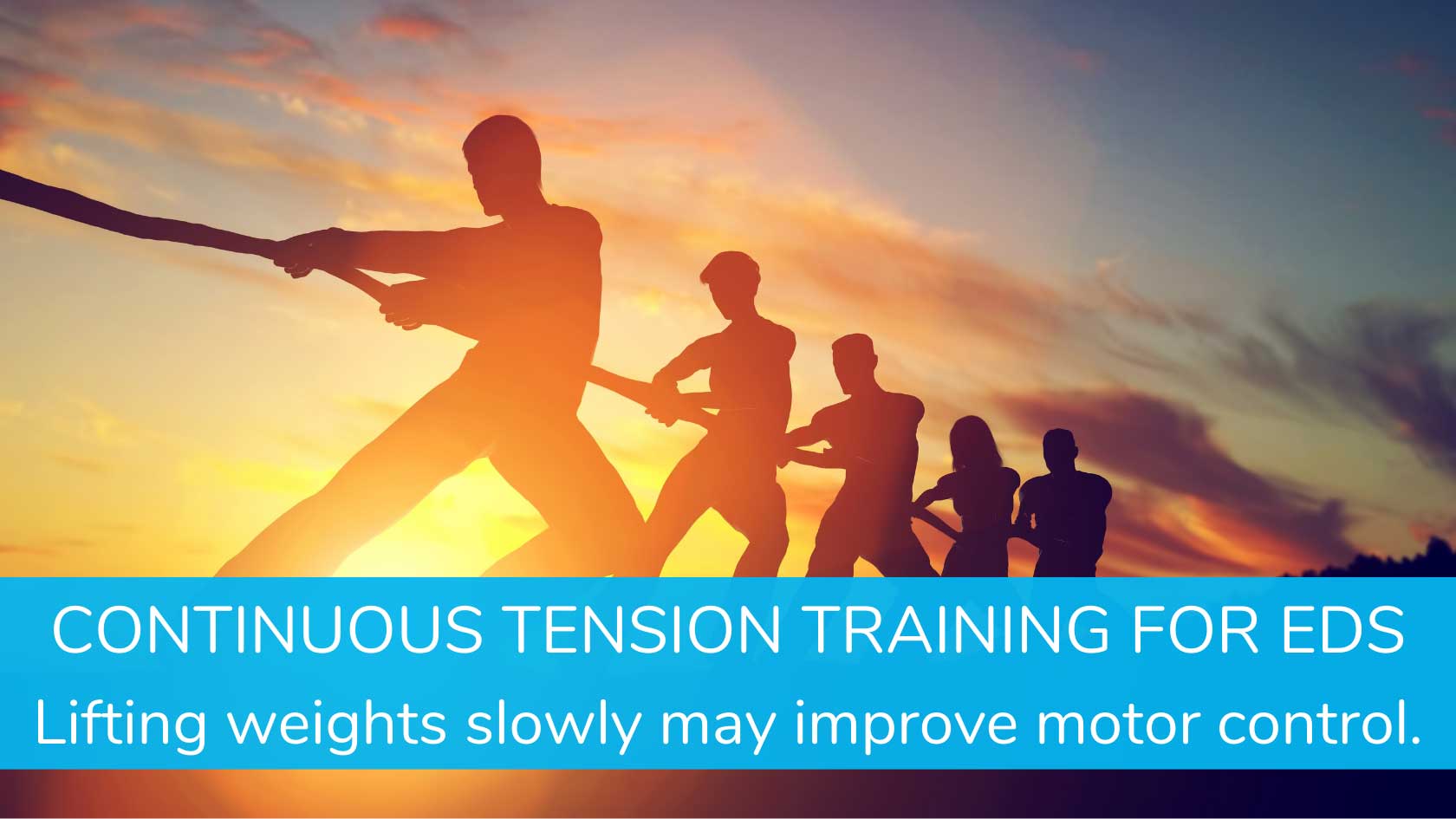How lifting & lowering weights slowly may improve motor control & neuromuscular function.
Tension x Time = Fatigue
In other articles, I’ve discussed how the best way to strength train for health is by focusing on fatigue, instead of weights or reps. When we keep the focus on muscular fatigue, studies show that even short strength training routines can match the benefits of much longer ones, provided the level of effort is very high. And the thing that makes proper exercise so fatiguing is this idea of continuous tension. We don’t target deep fatigue by briefly loading and unloading muscles repeatedly, the way most gym-goers quickly heave and drop their weights. That is how you practice the skill component of strength, but not how you make tissues healthier in minimal time. Instead, we put tension on the muscle and keep that tension constant.
Jerking and heaving weights reduces fatigue and wastes our time.
Think of it like boiling water – the most direct way is to keep the pot on the burner, rather than repeatedly taking it off the heat source to “recover.” The boiling (fatigue) is the stimulus that actually gets us what we want. Any behavior that reduces fatigue is going to waste our time, even if it gets us more, heavier reps. Those things are distractions – the process of recruiting and fatiguing our muscles is what will trigger sustainable muscle growth (as opposed to temporary swelling) and will prevent age-related atrophy.

This insight – that we want more fatigue, and not more weight or more reps – is hugely important for anyone with a musculoskeletal disorder, because it means we can get the results we want with less wear and tear. After all, if we can get the same stimulation to our muscles with half the reps, that’s half the mileage on our joints!
Slow motion, “continuous tension” training is safe for those with orthopedic conditions.
In fact, slow-motion style training gained its popularity precisely because it was found to be so effective at safely reversing osteoporosis, a condition where safety is paramount.
The joint forces are gentler than more ballistic type exercise, because we’re moving so slowly that it feels almost like an isometric hold. And the wear and tear is far less, since clients typically do only 5-10 very slow repetitions, versus multiple sets of 10-20 repetitions.
So it should come as no surprise that people with hypermobility disorders like Ehlers-Danlos (EDSh) also do very well when incorporating a slow, continuous-tension approach to resistance training.

But there’s an added benefit to moving very slowly against resistance: improved motor control. I’ve come to observe this effect while working with clients with painful joints, regardless of whether the root cause is EDSh or a prior injury. Moving slowly improves the ability of the nervous system to precisely control joint position. And the best part is we don’t need needlessly complicated exercises to achieve this. Just tension, time, and controlled movement to stimulate our muscles and fatigue them.
Continuous Tension Training improves our coordination of joint position.
When clients first begin a supervised resistance training routine at StrengthSpace, they often comment on how “jerky” they feel when trying to move slowly. It is immediately apparent that their nervous system is struggling to control the weight smoothly, almost as if it lacks not only the strength, but the “fine motor control” to be able to manage the weight smoothly.
But the remarkable thing is, in just a few sessions, clients demonstrate an improved ability to smoothly move against resistance. And this improvement occurs too quickly to be explained by bigger muscle fibers, which can take weeks to develop.
So what’s going on?
My suspicion is that their increasingly smooth motion is explained by motor control improvements. And it turns out, there’s a great deal of research to explain why resistance training can improve motor control, and why this matters for anyone with troublesome joints, including people with EDSh.
Poor neuromuscular control is usually involved in hypermobility disorders like EDSh.
EDSh is a multifactorial disorder. Connective tissue weakness is a common feature, but it doesn’t explain everything that is going on. Motor control issues also play a role. When we say “motor control” we’re talking about how effective our nervous system is at recruiting precisely the right “motor units” (groups of muscle fibers) to do a task. And in people with EDSh there is often a reduced efficiency of this system, which results in poorly timed or inadequate muscle contractions. If our muscles aren’t “pulling their weight” and offering stability when it’s needed, we’ll default to overloading our ligaments and joint capsules, and this just exacerbates our problems.

When we go to straighten our knee, for example, the brain doesn’t just flip the thigh muscle switch to “on.” Instead, it has to carefully switch on hundreds of switches (individual motor units) in the right order, and with the right intensity, so that your shin bone correctly rotates around your thigh bone, without letting your knee cap slip out of alignment. It’s a complex process, and one that our bodies have to essentially learn through millions of trials and errors while we are babies learning to move, crawl, stand, walk, and run. And when the process goes awry, we can have painful conditions that are driven not by some underlying tissue damage, but simply as a result of poor coordination between these motor units.
So what can be done? If a person has EDSh, is there any approach they can use to improve their motor control? It may be that resistance training with slow cadences that promote continuous tension is exactly what we need.
Stronger muscles mean better motor control, balance, and coordination.
Resistance training in general has been consistently shown to improve motor control. It even performs as well as a balance program for improving ankle stability. It turns out that our muscles and motor units need practice to be able to recruit efficiently, and without regular use, they don’t just shrink from disuse atrophy, they actually become harder to activate. Conversely, they respond to strength training not only by getting thicker and stronger, but also by turning on more easily.
And specifically, training with higher levels of effort seems to have a larger benefit, by reducing the inhibition of our motor neurons, so our motor units turn on right when we need them. This is especially true when muscles are lengthening under load, such as when we land from a jump, absorb impact, or catch something thrown to us. The take-away is that training with high efforts in a controlled manner makes us better at absorbing forces and avoiding injury.
And slow training does this especially well by forcing us to move weight with control, and lower it without dropping it. Too often, people lift weights quickly, and then drop them, neglecting an important part of the exercise, the “eccentric” or lower phase, when the muscle is lengthening under load. Not only does this miss many of the unique muscle building benefits of controlled eccentric training, but it also means that we’re missing out on many of the neurological benefits described above. Slowly lowering the weights to deliberately challenge our muscles during the eccentric phase has unique benefits for improving our ability to recruit muscle fibers quickly when we need to.
High efforts let us make the most out of safe loads.
Keeping effort as high as possible is essential if our bodies can’t tolerate very heavy weights. And this effort has benefits beyond motor control. Proprioception, or our bodies ability to detect the positions of our joints and limbs without looking at them, plays a key role in our ability to avoid injury and prevent falls. Strength training consistently improves our proprioception, and higher efforts lead to greater improvements.

And the best part is that high forces aren’t necessary to achieve these impressive benefits for motor control, activation, and proprioception. Remember, we don’t recruit muscle fibers based on pounds, sets, or reps, but rather based on effort and fatigue. Regardless of how much weight we are using, if we push our muscles until they can’t continue to move the weights (a.k.a. “Muscle failure”) we can be confident we have recruited and fatigued all of our muscle fibers. This is a huge insight. It means that we can strength train slow enough to keep our joints safe and still enjoy the benefits of a resistance training program.

